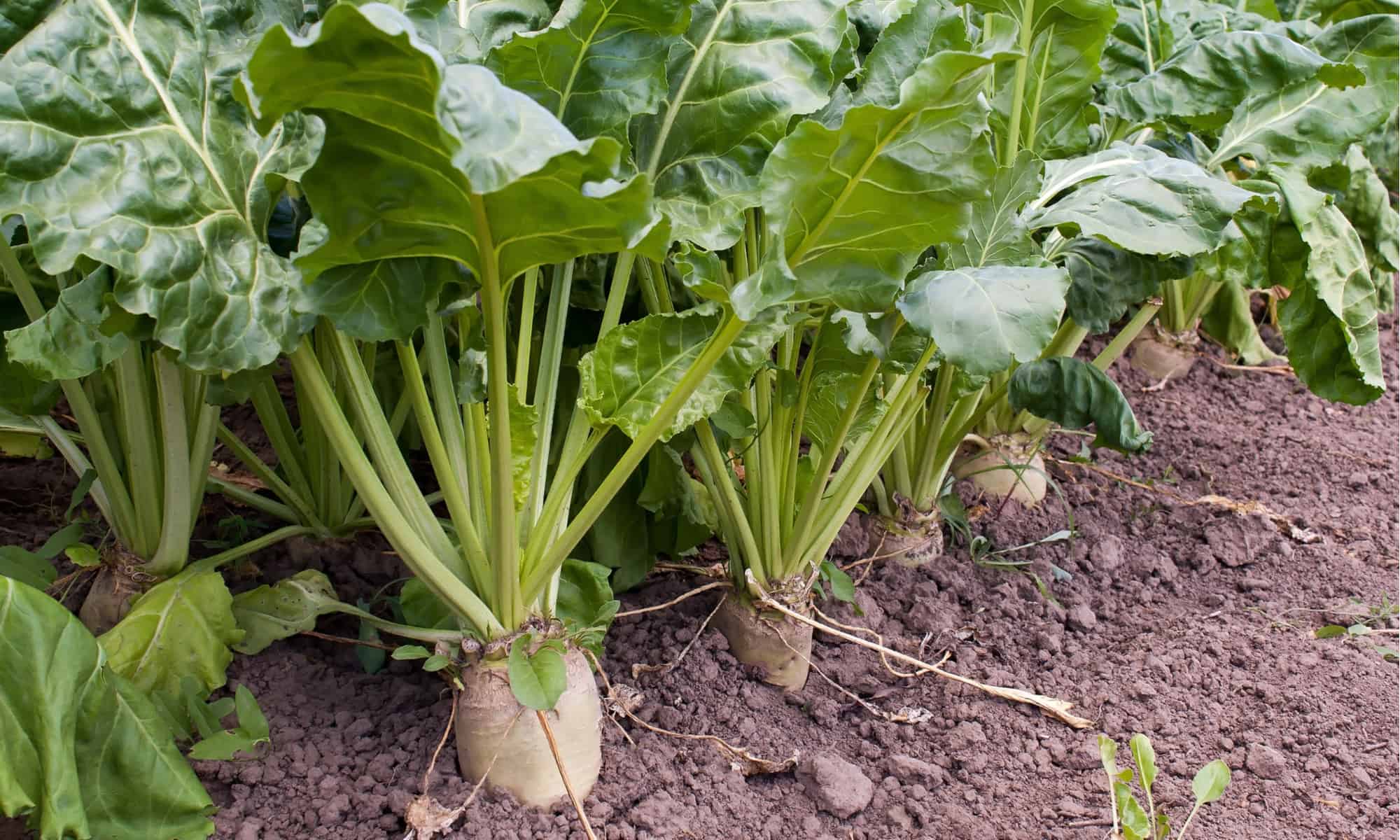The sourcing of beet sugar vs cane sugar affects environmental sustainability in the sugar industry.
Understanding the Nutritional Perks of Beet Sugar Vs Walking Stick Sugar for Health And Wellness Conscious Consumers
When analyzing the dietary effects of beet sugar versus walking cane sugar, health-conscious customers discover that both ranges mainly contain sucrose and deal similar calorie worths, each contributing about 16 calories per tsp. Regardless of this similarity, neither kind provides substantial health advantages, as they are without important nutrients. Discovering the broader effects, consisting of environmental considerations and long-term wellness effects of sugar consumption, could light up more nuanced differences in between these two sugars.
Nutritional Profile and Caloric Worth of Beetroot Sugar and Cane Sugar
Although both beet sugar and walking cane sugar are mostly composed of sucrose, their nutritional accounts and caloric values are extremely similar. There are trace differences in the contaminations that remain after processing, which can a little impact the flavor and color of the sugars, however these are minimal in terms of wellness influence. For consumers focusing on dietary impact, the selection in between beet and walking stick sugar is more regarding personal preference or prospective ecological worries instead than dietary differences.
Ecological Effect and Sustainability of Sugar Manufacturing
While the nutritional distinctions between beetroot sugar and walking stick sugar are minimal, their production processes provide even more substantial disparities, particularly in terms of ecological impact and sustainability. Walking stick sugar production often entails extensive land use and deforestation, which adds to environment devastation and biodiversity loss. This farming is additionally connected with high water intake and water air pollution as a result of the runoff of pesticides and fertilizers. On the other hand, beetroot sugar manufacturing normally requires much less land and can be grown in more pleasant environments, which might decrease the requirement for irrigation and the involved water resource depletion.
However, beetroot cultivation is not without its environmental obstacles; it entails significant power inputs, particularly in the northern climates where it is grown, due to the demand for longer heating periods in sugar processing. Both sugar beet and sugar walking stick sectors are exploring a lot more lasting methods, including plant rotation, news natural farming, and boosted waste management techniques to alleviate these influences.
Health And Wellness Results and Recommendations for Sugar Usage
Regardless of their minimal dietary distinctions, both beetroot sugar and walking cane sugar can have harmful health results when eaten in excess. High intake of either sort of sugar contributes to a variety of health and wellness problems, including weight problems, kind 2 diabetes mellitus, and heart problem. Both sugars are pure sucrose and deal no essential nutrients aside from calories, bring about rapid spikes in blood sugar degrees upon usage.


Verdict
